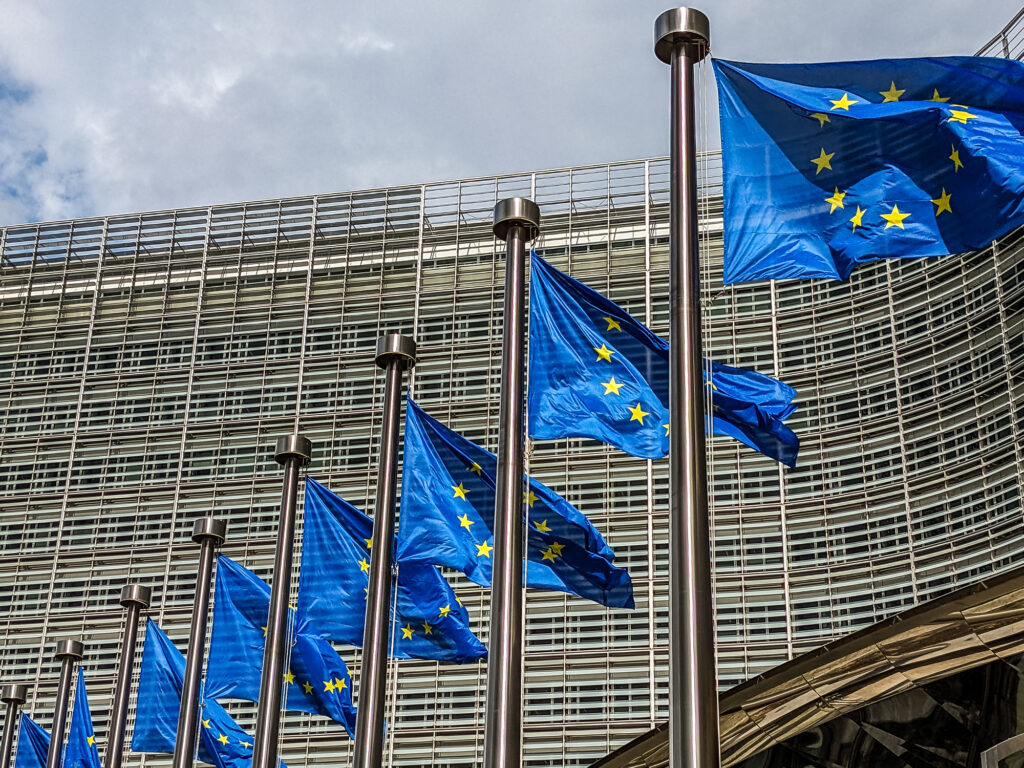The allure of Brussels remains immense. Yet, when most people think of “working in Europe,” their imagination rarely goes beyond the European institutions — the Commission, the Parliament, or the Council. Indeed, the EPSO competitions and the Blue Book traineeships offer well-defined entry routes into the EU system. But this article is not about that world. It is about the other Brussels — the one that thrives around the institutions, not inside them.
Instead, let’s explore the fascinating ecosystem that surrounds the EU institutions — a parallel universe of associations, networks, and organizations that are, in many ways, the engine room of Europe’s policymaking process.
A Parallel Europe: 50,000 Jobs Beyond the Institutions
If around 50,000 professionals work directly for the EU institutions, imagine another 50,000 with similar expertise — operating in the private and associative sectors: national and regional representations, consultancies, corporations, NGOs, and media.
Among these, one of the most dynamic segments is that of European associations.
A recent Euractiv study (2025) estimates that around 3,000 associations are currently active in Brussels, employing approximately 18,750 professionals. Every year, roughly 1,000 new job opportunities arise within these organizations — many of which are advertised on the Euractiv Jobs portal.
From the Treaty of Rome to Today’s Advocacy Landscape
The origins of this ecosystem date back to the Treaty of Rome, when the first industrial groups were encouraged to “coordinate their interests” at European level. The logic was simple: policies decided in Brussels affected industries directly, and collective representation increased both visibility and efficiency.
A classic example is ACEA – the European Automobile Manufacturers’ Association, representing members such as BMW, Renault, and Fiat. Over time, associations like ACEA evolved from producing technical statistics to leading communication campaigns and policy advocacy efforts. Today, ACEA’s positions often shape EU legislative debates. As its recent policy paper highlights: “ACEA’s recently published position paper also highlights the need for industry cooperation, standardisation, and the development of an industry-led framework for artificial intelligence (AI) data availability.”
This is emblematic of how associations operate: crafting unified sectoral positions and influencing the legislative process in a transparent, structured manner.
A Dense and Diverse Ecosystem
Association names often follow a recognizable Brussels pattern: a technical or thematic term plus “Europe” (e.g., Glass for Europe, FoodDrinkEurope). Others still carry their original acronyms, such as UNIFE or APEAL.
Organizational size varies greatly: about 50% of associations operate with fewer than five staff, while 20% employ more than eleven. At the top, leadership titles typically include Secretary General, Director General, or Head of Office — roles of significant influence in the EU’s legislative machinery.
Their core missions combine member support, policy advocacy, internal communication, event organization, and occasionally fundraising.
Recruitment: The Art of Precision and Policy Insight
Interestingly, recruitment in these associations is often led by managers without formal HR training. Yet selection is rigorous and highly specific.
Candidates are assessed not only for their academic background and language skills but also for their ability to think structurally, demonstrate teamwork in multicultural environments, and show genuine familiarity with EU institutions and policies.
Sometimes, interviews even include role-play exercises to test agility and alignment with the association’s vision.
For candidates, preparation is key: read the association’s website and social media, especially its Twitter/X feed, to grasp current priorities. You’ll need to know, for instance, what WWF or EEB stand for if you apply for a role in environmental policy.
And remember — each advertised position can attract hundreds of applications, so precision, clarity, and motivation make the difference.
Beyond a Career: A Window into European Integration
Working within these associations offers a unique vantage point on the European project. It’s a world that bridges institutions, industries, and civil society — where technical expertise meets political strategy.
It’s also a training ground: many young professionals start here and later move to EU institutions, consultancies, or corporate government affairs teams.
Dan Luca has been part of the Euractiv team in Brussels for nearly 25 years and currently serves as Vice-President for Strategic Innovations. He is the author of the book Mapping the Influencers in EU Policies.




